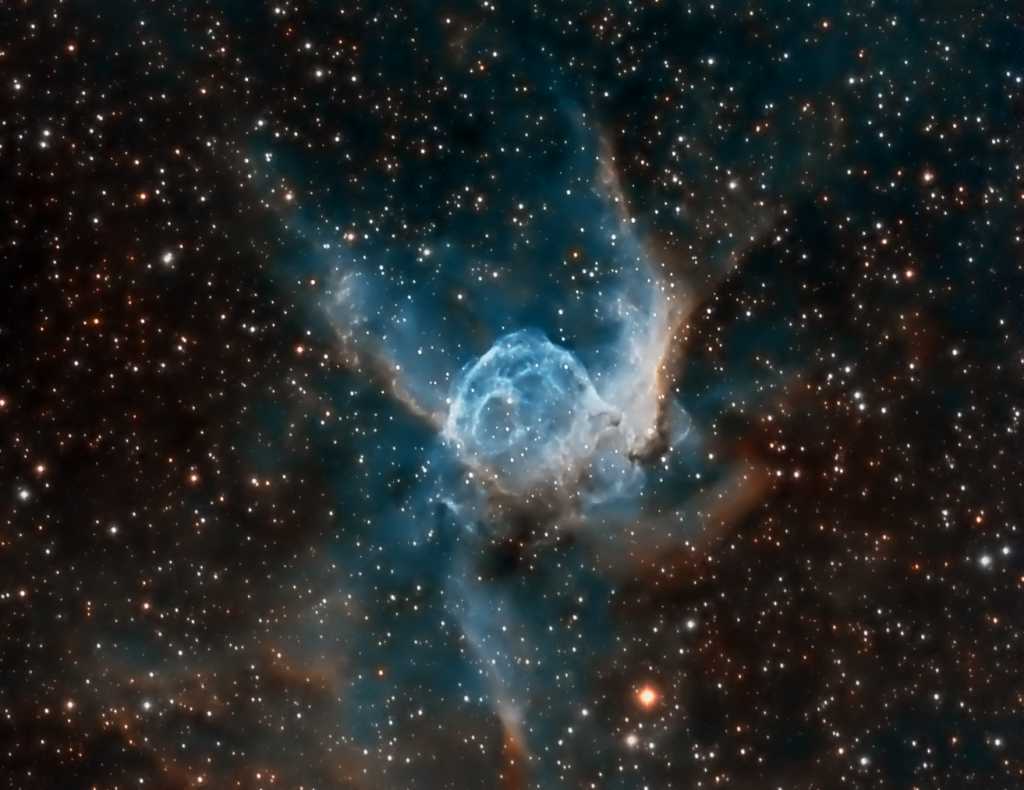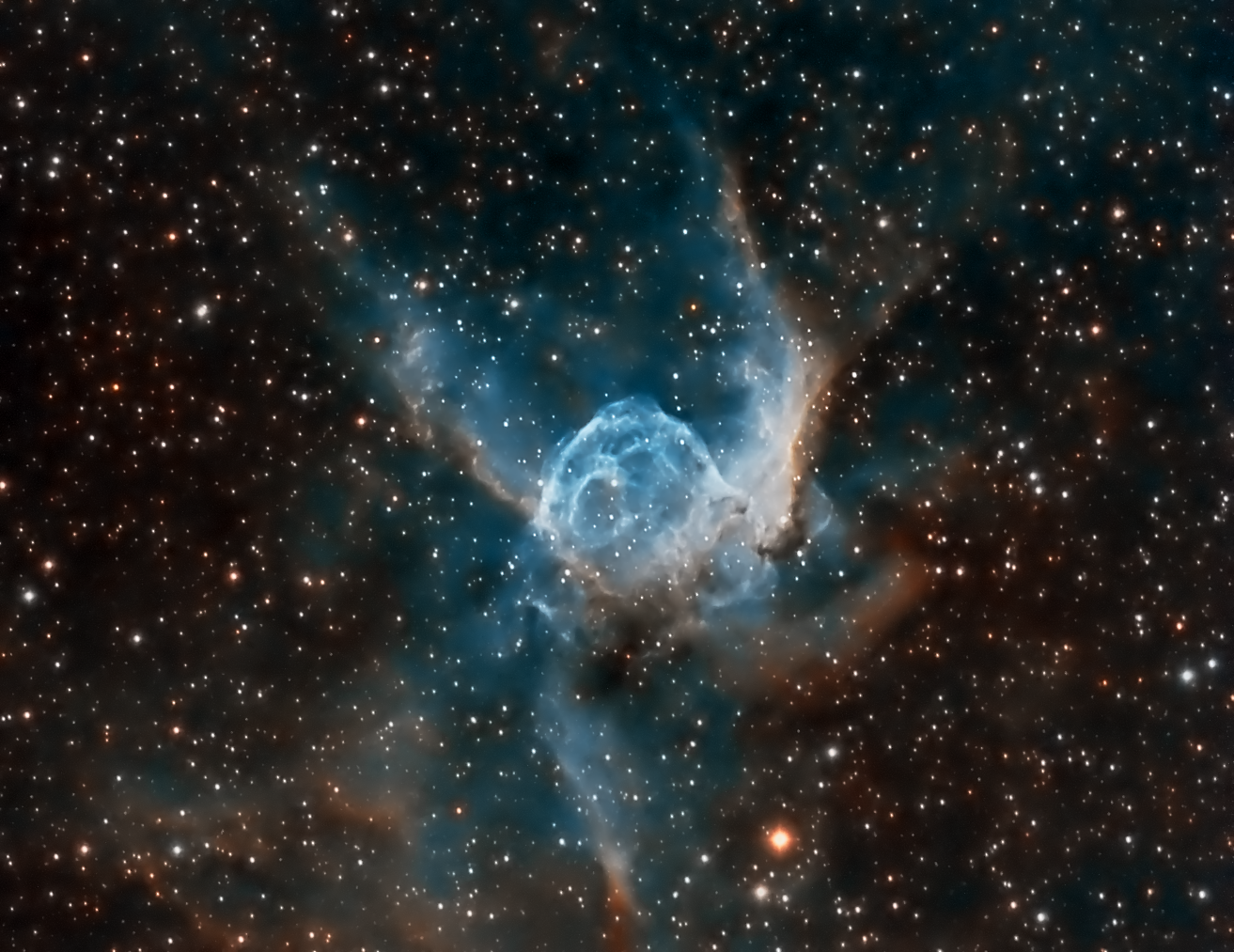
Similar Posts
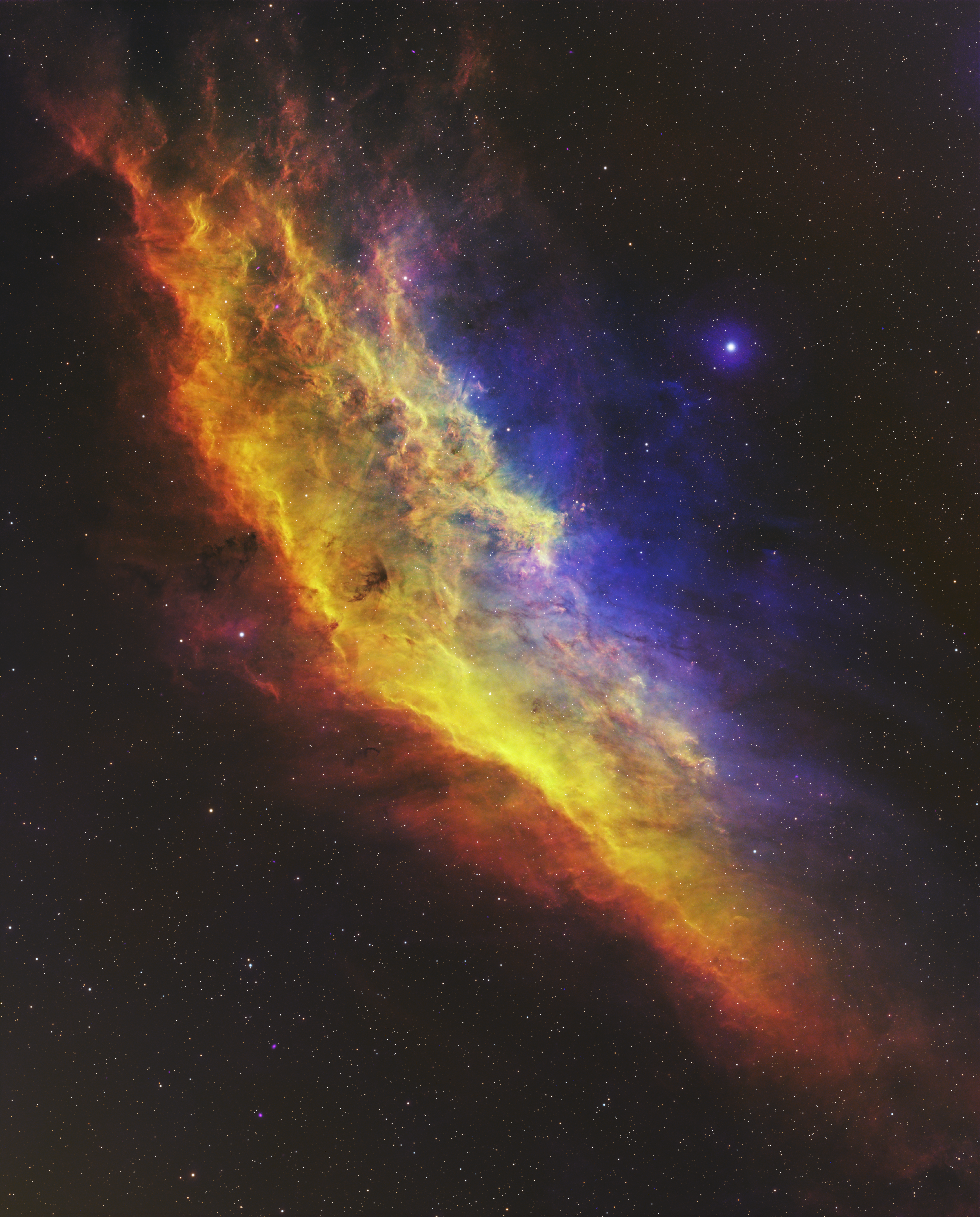
Going Back to Cali
Both on Earth, and in space! While we prepare for a year or two in California, I trained Scopey von Scopington on the California Nebula for a few nights. Pretty obvious how it got its name! This is a two-panel mosaic, consisting of narrowband SHO data for the nebula and broadband RGB for the stars….
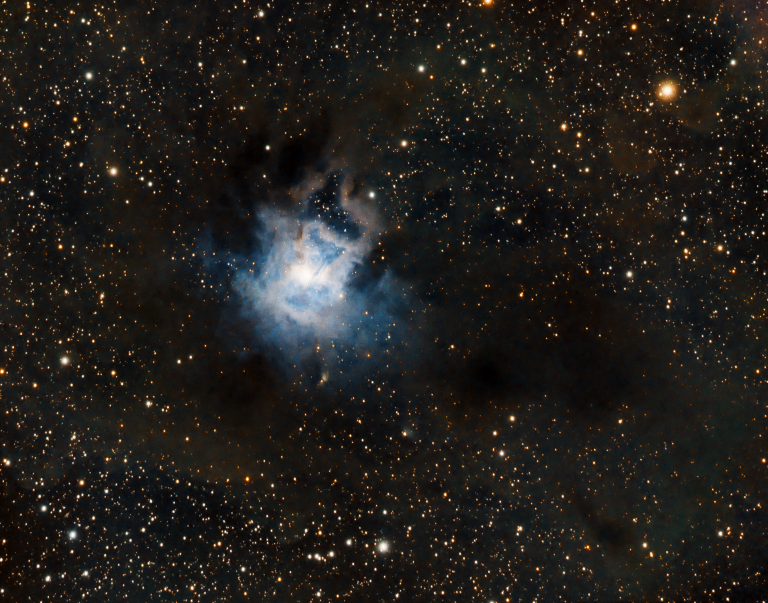
The Iris Nebula
Located about 1,300 light-years away, the Iris Nebula is a reflection nebula – unlike most of the nebulas on this site, it’s not made of ionized gases emitting light of their own. It’s just starlight reflecting off clouds of dust. Reflection nebula are harder to image in light-polluted skies, since the narrowband filters we use…
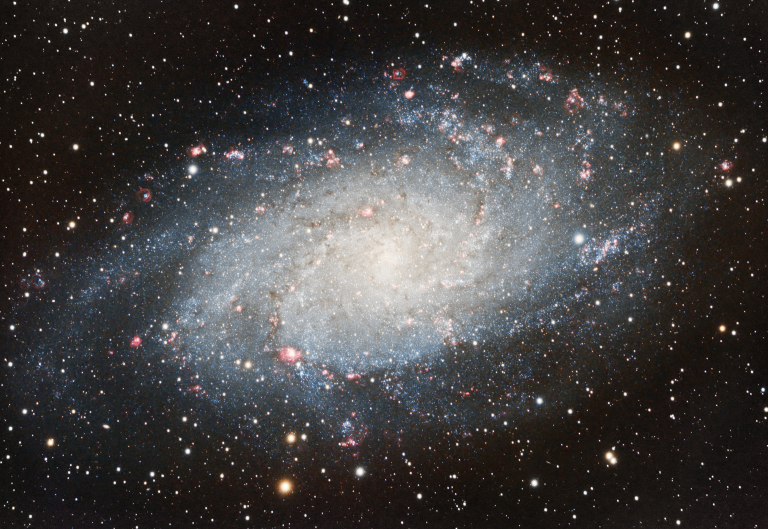
Revisiting E.T.’s Galaxy (M33)
I’ve imaged M33, the “Triangulum Galaxy” before – but not yet from our new home with darker skies and better equipment. I’m really pleased with how this came out – although M33 is very close to us (2-3 million light-years – that’s close by galactic standards!) it is notoriously difficult to image. Although it’s close,…
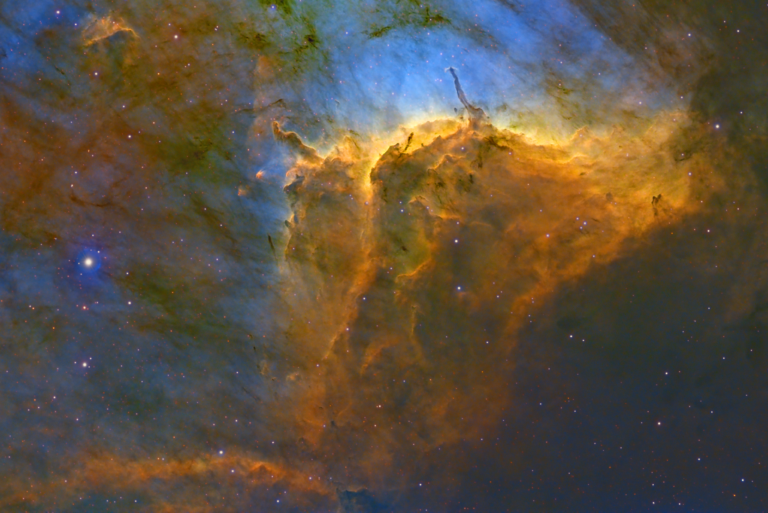
Another Go at the Pelican Nebula
The Pelican Nebula frankly isn’t a very attractive object as a whole, but if you crop it down to its heart, there’s a lot of interesting stuff going on. Look for little puffs in the image, or areas with spikes coming out of them. Those are Herbig-Haro objects – stars that are still in the…
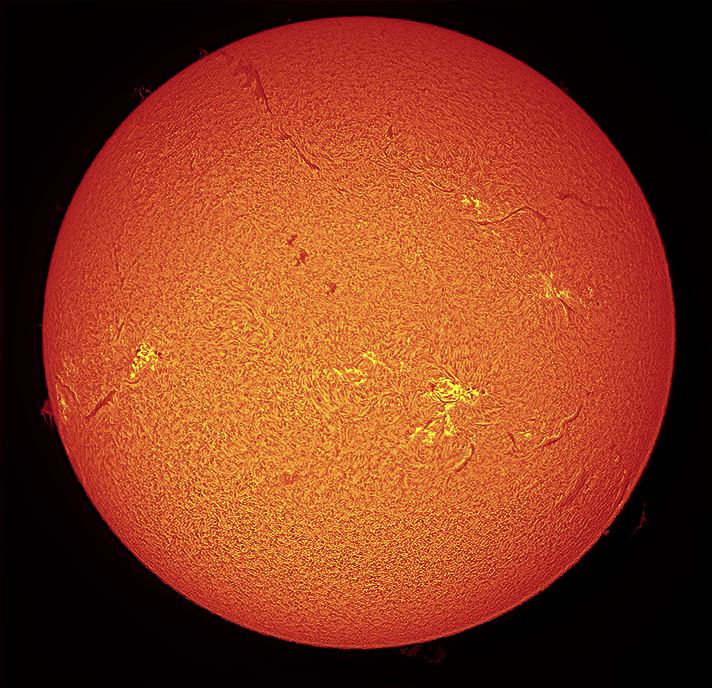
The star next door.
I just added a Lunt 40mm solar telescope to the arsenal here… figuring it out was challenging, but eventually I got it working! This ain’t bad for my very first solar image; still lots to learn though.
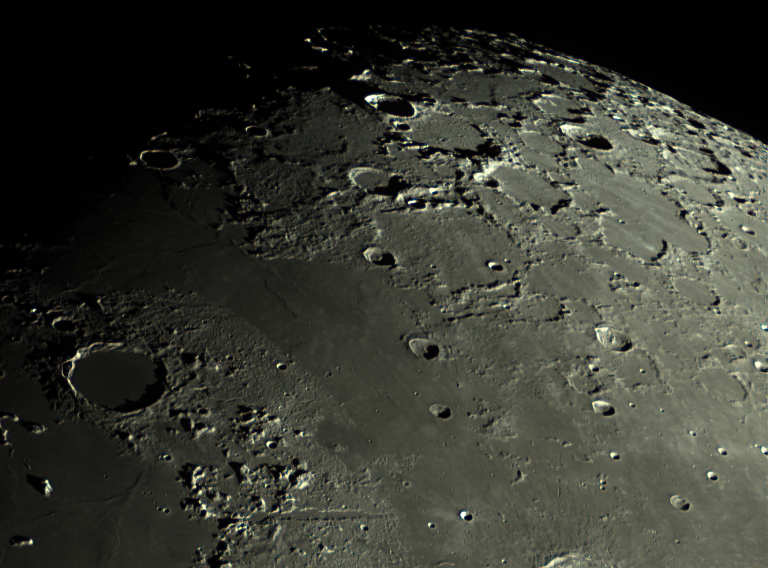
The Moon is Ready for its Close-Up
Last night I set out to image Jupiter and Saturn, but both are pretty far away at this point, and the atmospheric conditions weren’t great. So I tried for the Moon instead. We take our nearest celestial neighbor for granted – there’s a whole world right next to us, waiting for us to explore it!…

